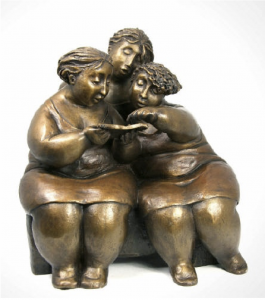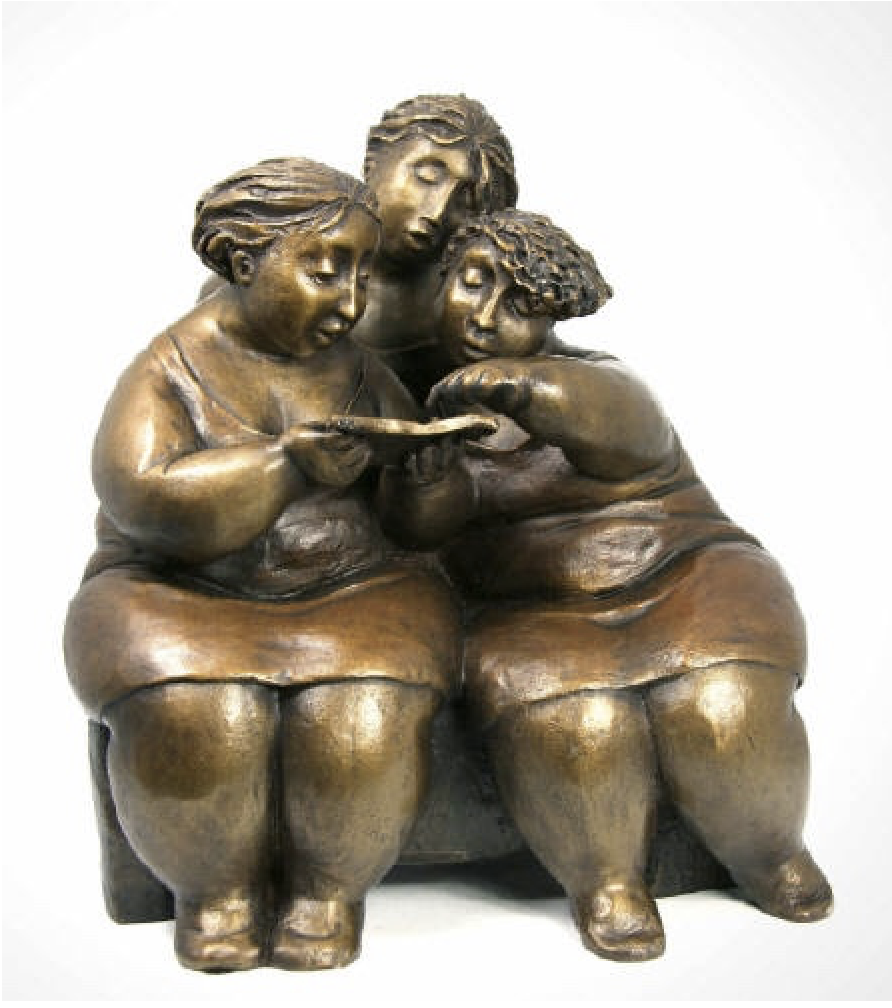
Therapeutic letters were first introduced to the world of clinical practice with families by the creative clinical work of David Epston of New Zealand and the late Michael White of Australia (Epston, 1994; White, 1995; White & Epston, 1990). My colleagues, students, and I have used this intervention in our practice with families experiencing serious illness (Bell, Moules, & Wright, 2009). Together as a clinical team, we have written hundreds of therapeutic letters.
A special issue on Therapeutic Letters was published in the February 2009 issue of the Journal of Family Nursing which features the doctoral thesis of Dr. Nancy Moules, whose research I supervised. David Epston called Nancy’s article in this special issue, “The Past and Future of Therapeutic Letters…”, the “best paper ever written on the subject”. She conducted the first known study in the world which examined therapeutic letters. Nancy’s findings (see references below) suggest that letters have substantial influence and value for clients who receive them as a part of their clinical work, and that they make a significant contribution in therapeutic change and healing of suffering. “Nancy’s research also suggested ways in which the writing of letters might be more effective than other ways, offering guidelines rather than a template to the application of their use. From her research and from our practice with families, here are 5 tips for writing a therapeutic letter:
- Begin by offering commendations to individual family members and/or to the family as a whole (commendations highlight strengths and competencies).
- Acknowledge the illness suffering of family members (Nancy borrowed a term from William James and called this “hearing the cries of the wounded”).
- Highlight particular words, ideas, or recommendations that stood outfrom the therapeutic conversation to give them added emphasis.
- Ask interventive questions to extend the therapeutic conversation.
- Highlight what you are learning from the family or are learning from your work with them.
Examples of several types of therapeutic letters are highlighted in the special issue on Therapeutic Letters, Journal of Family Nursing.
Additional examples of therapeutic letters are included in my co-authored book: Wright, L.M., & Bell, J.M. (2009). Beliefs and illness: A model for healing. Calgary, Alberta, Canada: 4th Floor Press.
Here is an example of a therapeutic letter that Dr. Lorraine Wright and I wrote to a family who recently participated in a therapeutic conversation during our Externship workshop. I have provided additional commentary about the rationale for elements of the therapeutic letter: Therapeutic Letter.Externship
Here is another example of a “therapeutic letter” that a family wrote to our clinical team about their experience of participating in therapeutic conversations about their illness experience and receiving therapeutic letters: NIFT Day.
References:
Bell, J.M., Moules, N.J., & Wright, L.M. (2009). Therapeutic letters and the Family Nursing Unit: A legacy of advanced nursing practice. Journal of Family Nursing, 15(1), 6-30. doi: 10.1177/1074840709331639
Moules, N.J. (2000). Nursing on paper: The art and mystery of therapeutic letters in clinicalwork with families experiencing illness. Unpublished doctoral thesis. University of Calgary, Calgary, Alberta, Canada. Retrieved from http://dspace.ucalgary.ca/handle/1880/40483
Moules, N.J. (2002).Nursing on paper: Therapeutic letters in nursing practice. Nursing Inquiry, 9(2), 104-113. doi: 10.1521/jsyt.22.1.33.24091
Moules, N.J. (2003).Therapy on paper: Therapeutic letters and the tone of relationship. Journal of Systemic Therapies, 22(1), 33-49. doi :10.1521/jsyt.22.1.33.24091
Moules, N.J. (2009). Therapeutic letters in nursing: Examining the character and influence of the written word in clinical work with families experiencing illness. Journal of Family Nursing, 15(1), 31-49. doi :10.1177/1074840709331639
Moules, N.J. (2009). The past and future of therapeutic letters: Family suffering and healing words. Journal of Family Nursing, 15(1), 102-111. doi: 10.1177/1074840709332238

